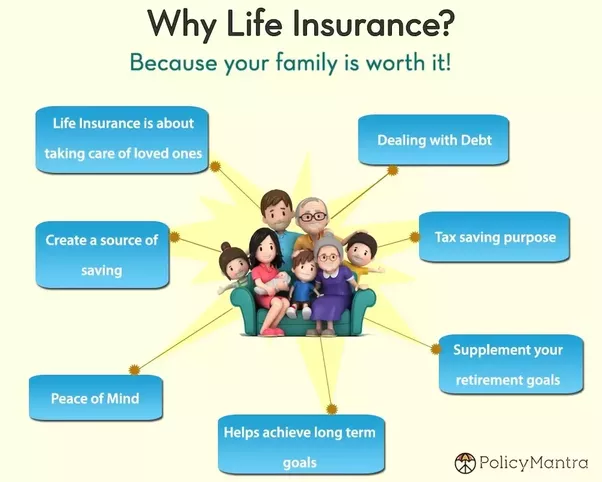The Of Pacific Prime
The Of Pacific Prime
Blog Article
Pacific Prime Fundamentals Explained
Table of ContentsThe Pacific Prime PDFs8 Easy Facts About Pacific Prime DescribedThe 5-Minute Rule for Pacific PrimePacific Prime - An OverviewMore About Pacific Prime

This is due to the fact that the data were collected for a duration of solid economic performance. Of the approximated 42 million people who were without insurance, almost concerning 420,000 (about 1 percent) were under 65 years of age, the age at which most Americans become eligible for Medicare; 32 million were adults in between ages 18 and 65, around 19 percent of all adults in this age group; and 10 million were kids under 18 years old, about 13.9 percent of all children (Mills, 2000).
These quotes of the variety of persons uninsured are created from the annual March Supplement to the Existing Population Survey (CPS), performed by the Census Bureau. Unless or else noted, national quotes of individuals without health insurance and proportions of the population with different type of protection are based upon the CPS, the most commonly utilized resource of price quotes of insurance policy protection and uninsurance prices.
Things about Pacific Prime

Still, the CPS is specifically beneficial since it creates annual quotes reasonably rapidly, reporting the previous year's insurance coverage estimates each September, and since it is the basis for a regular collection of price quotes for greater than two decades, enabling analysis of trends in insurance coverage with time. For these reasons, along with the considerable usage of the CPS in various other researches of insurance policy protection that are provided in this report, we count on CPS estimates, with restrictions kept in mind.

The price quote of the number of uninsured individuals expands when a population's insurance policy condition is tracked for numerous years. Over a three-year period starting early in 1993, 72 million people, 29 percent of the united state populace, lacked protection for a minimum of one month. Within a single year (1994 ), 53 million individuals experienced at the very least a month without insurance coverage (Bennefield, 1998a)
Six out of every 10 uninsured grownups are themselves utilized. Functioning does enhance the likelihood that one and one's household members will certainly have insurance, it is not a warranty. Also members of family members with two permanent breadwinner have almost a one-in-ten opportunity of being uninsured (9.1 percent without insurance rate) (Hoffman and Pohl, 2000).
Pacific Prime Fundamentals Explained
New immigrants account for a significant percentage of people without medical insurance. One analysis has associated a substantial portion of the recent growth in the dimension of the united state uninsured populace to immigrants who arrived in the country in between 1994 and 1998 (Camarota and Edwards, 2000). Recent immigrants (those who involved the USA within the previous 4 years) do have a high price of being uninsured (46 percent), but they and their children account for just 6 percent of those without insurance coverage across the country (Holahan et al., 2001).
The partnership in between medical insurance and accessibility to care is well developed, as recorded later on in this phase. Although the partnership between wellness insurance policy and health results is neither direct neither basic, a substantial medical and health and wellness services research study literature web links health insurance protection to enhanced access to care, much better high quality, and enhanced individual and populace health condition.
Degrees of analysis for checking out the impacts of uninsurance. It concentrates specifically on those without any kind of health insurance coverage for any size of time.
Things about Pacific Prime
The issues dealt with by the underinsured remain in some aspects similar to those dealt with by the uninsured, although they are typically less severe. international travel insurance. Uninsurance and underinsurance, nonetheless, entail noticeably various policy problems, and check here the techniques for addressing them may differ. Throughout this research and the 5 records to adhere to, the major focus is on persons with no health insurance policy and hence no aid in paying for healthcare past what is readily available via charity and safeguard institutions
Medical insurance is a powerful variable affecting receipt of care due to the fact that both individuals and doctors react to the out-of-pocket rate of services - https://trello.com/w/pacificpr1me_. Health and wellness insurance policy, nonetheless, is neither needed nor adequate to acquire access to clinical solutions. Nevertheless, the independent and direct effect of medical insurance coverage on accessibility to health and wellness services is well established.
Others will acquire the health treatment they need also without medical insurance, by spending for it expense or seeking it from service providers that provide treatment complimentary or at very subsidized rates. For still others, health insurance policy alone does not guarantee invoice of care as a result of other nonfinancial obstacles, such as a lack of wellness care providers in their area, limited accessibility to transportation, illiteracy, or linguistic and social distinctions.
All About Pacific Prime
Formal research regarding without insurance populaces in the United States dates to the late 1920s and early 1930s when the Committee on the Expense of Treatment generated a collection of records concerning funding physician office check outs and hospital stays. This concern came to be significant as the numbers of medically indigent climbed during the Great Anxiety.
Report this page